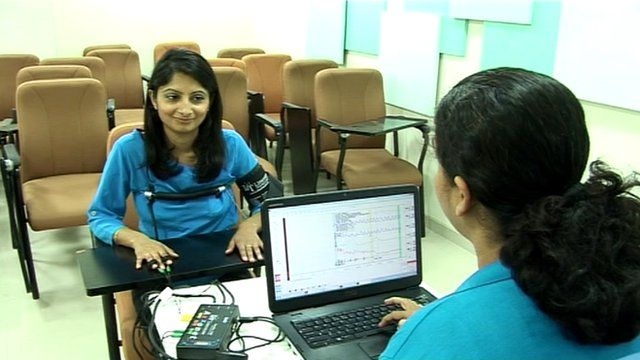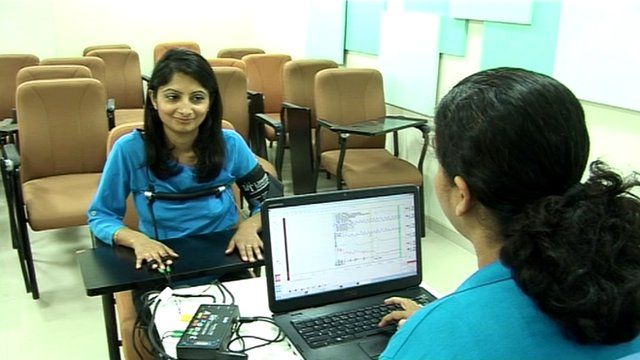
Unveiling Truth: The Intriguing World of Lie Detector Tests
- by Jose Bryant

In a world where truth and deception often walk a fine line, lie detector tests have long captured our imagination. The mere mention of these tests conjures scenes of tense interrogations, heart-pounding moments, and the pursuit of uncovering hidden truths. For decades, lie detector tests have been utilized in various settings, from police investigations to job screenings, as a tool to determine whether individuals are being truthful or not.
The concept of a lie detector test, also known as a polygraph examination, revolves around the idea that certain physiological responses can indicate when someone is being deceptive. These tests typically measure changes in a person’s physiological parameters such as heart rate, blood pressure, respiration, and skin conductivity while they are asked a series of questions. The premise is simple yet intriguing – the body’s natural responses can betray the truth even when words do not.
History of Lie Detector Tests
Lie detector tests have a long and storied history, dating back to the early 20th century. The first rudimentary lie detector machine was developed by Dr. William Moulton Marston in the 1920s. Marston’s invention paved the way for the modern polygraph test that we are familiar with today.
Over the years, lie detector tests have been used in various settings, ranging from criminal investigations to employment screenings. Despite their controversial nature, lie detector tests have been embraced by many as a tool for uncovering deception and eliciting truth from individuals under scrutiny.
The evolution of lie detector technology has seen advancements in sensor accuracy and data interpretation methods. Researchers continue to refine and improve lie detector tests to enhance their reliability and effectiveness in detecting deception.
How Lie Detector Tests Work
Lie detector tests, also known as polygraph examinations, are based on the assumption that when a person is deceptive, physiological responses occur in the body. These responses are measured through various channels, including heart rate, blood pressure, respiration, and skin conductivity.
During a lie detector test, the individual is typically asked a series of questions by a trained examiner. These questions are designed to elicit specific reactions in the body if the person is being deceptive. The examiner closely monitors the person’s physiological responses while the questions are being answered.
The results of a lie detector test are interpreted by analyzing the patterns in the physiological responses recorded during the questioning. These patterns are compared to established baselines to determine the likelihood that the person is being truthful or deceptive. While lie detector tests can be a useful tool in investigations, it is important to note that they are not foolproof and have limitations.
Controversies Surrounding Lie Detector Tests
Lie detector tests, also known as polygraphs, have long been a subject of controversy in various fields. Critics argue that these tests lack reliability, often leading to false results. The interpretation of physiological responses by polygraph examiners has been questioned, casting doubt on the accuracy and validity of such tests.
One major controversy surrounding lie detector tests is the issue of false positives and false negatives. In some cases, individuals who are telling the truth may exhibit physiological reactions that are mistakenly interpreted as signs of deception. Conversely, skilled liars may be able to manipulate their responses to appear truthful during a polygraph examination, leading to false negatives.
Another contentious aspect of lie detector tests is the impact of external factors on test outcomes. Factors such as the examinee’s mental state, cultural background, and even the examiner’s bias can influence the results of a polygraph test. These variables introduce a level of subjectivity that further complicates the reliability of lie detector tests and raises concerns about their use in critical decision-making processes.
In a world where truth and deception often walk a fine line, lie detector tests have long captured our imagination. The mere mention of these tests conjures scenes of tense interrogations, heart-pounding moments, and the pursuit of uncovering hidden truths. For decades, lie detector tests have been utilized in various settings, from police investigations to…